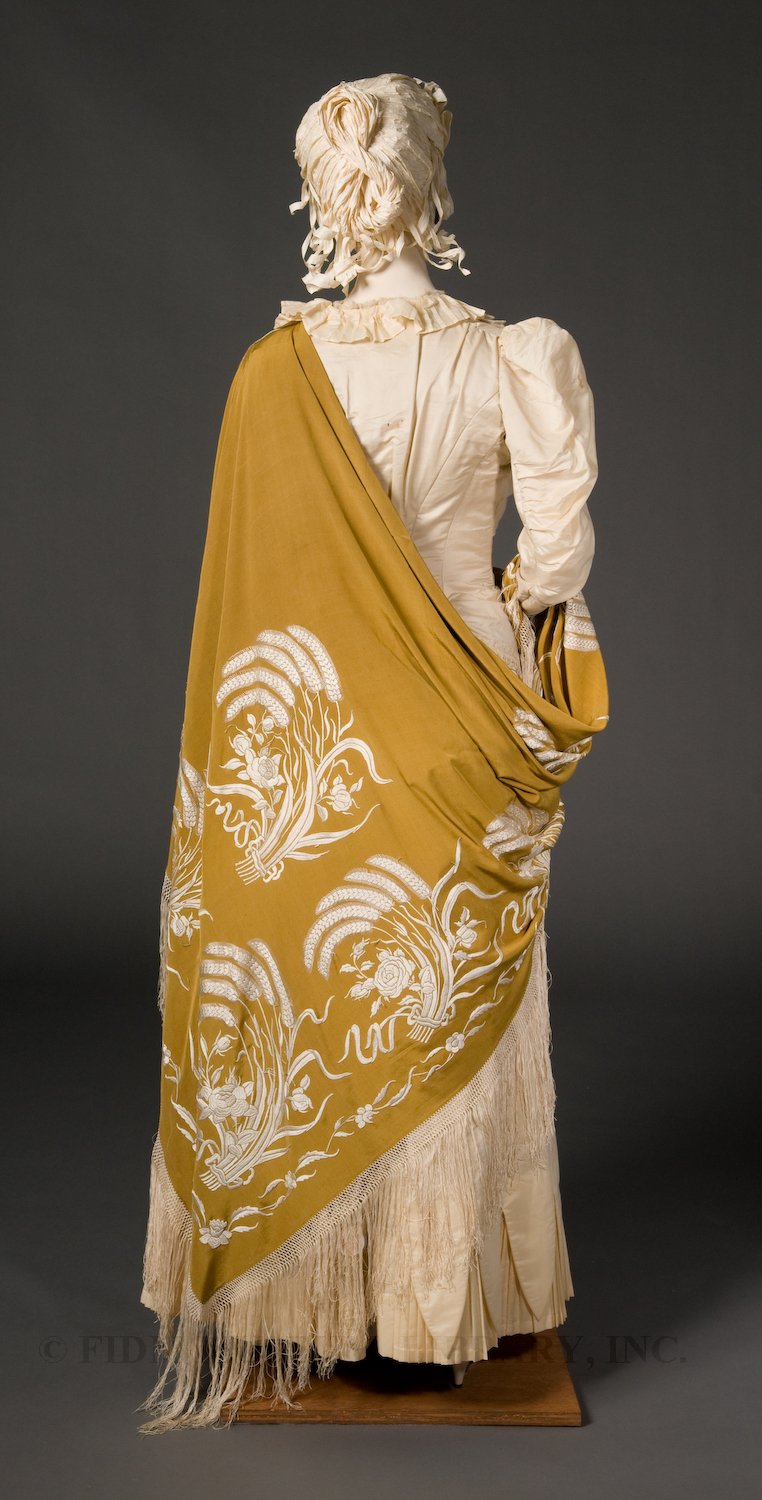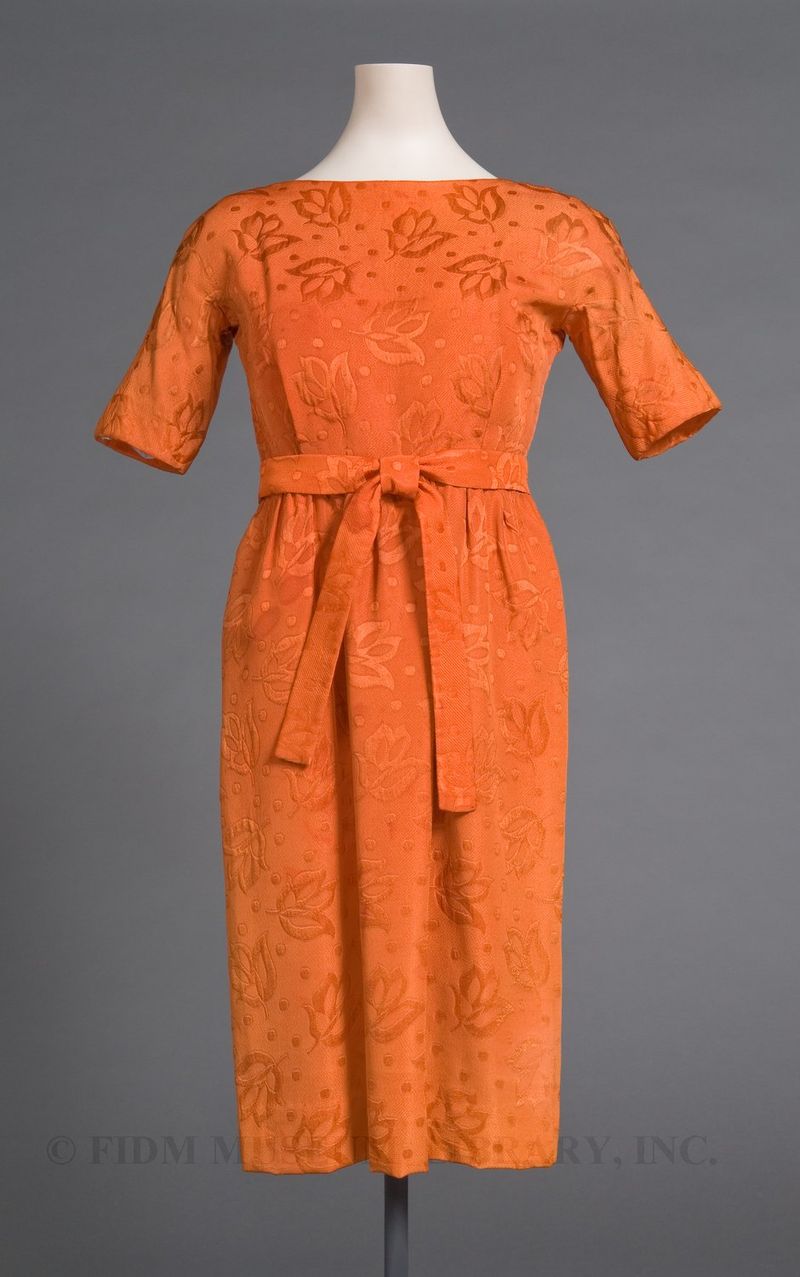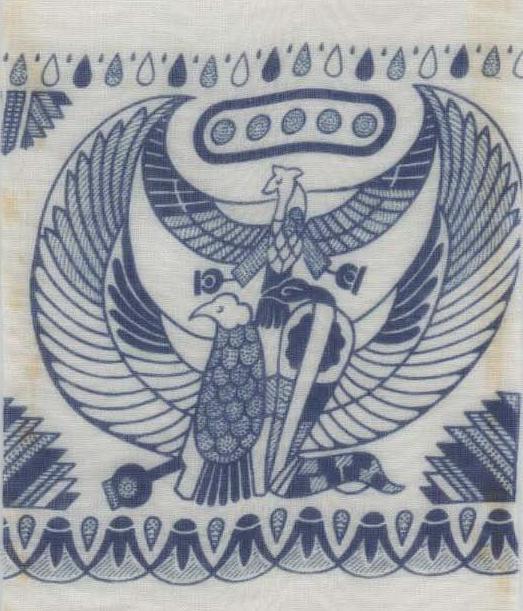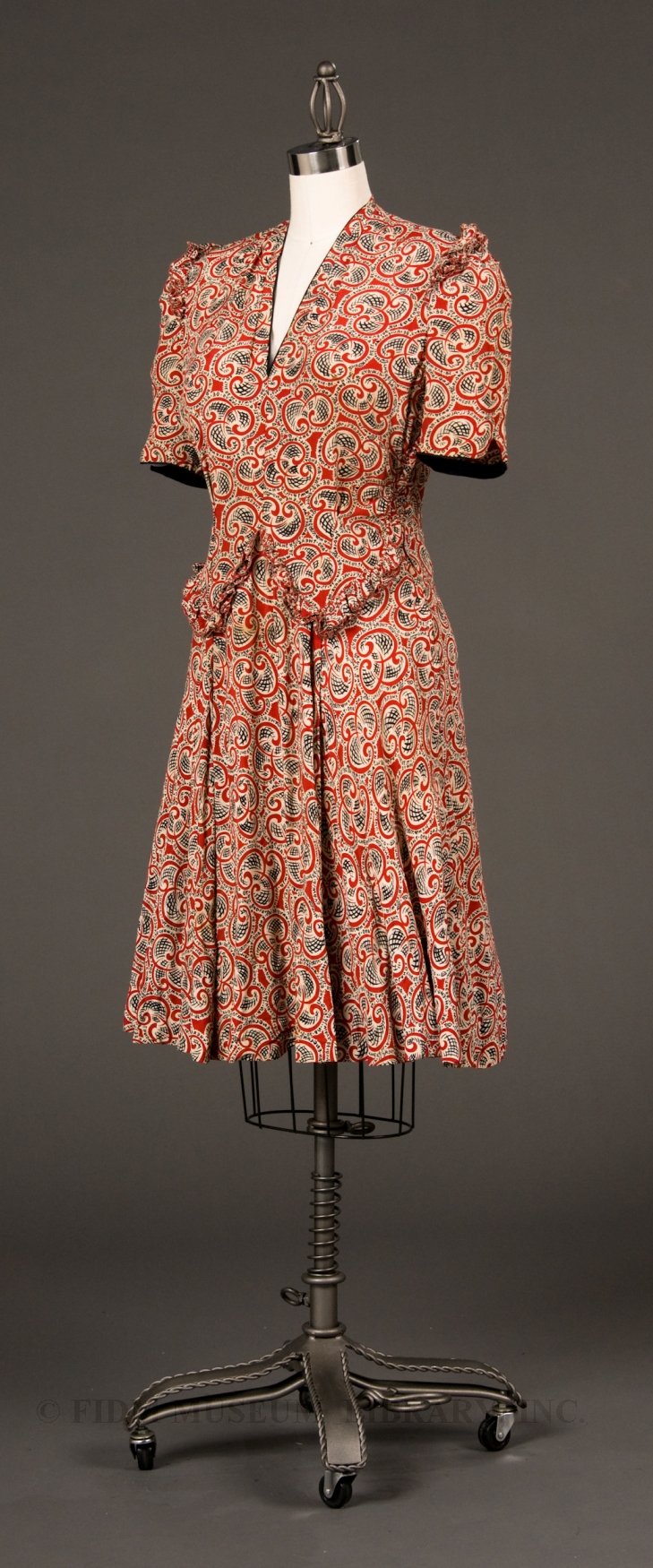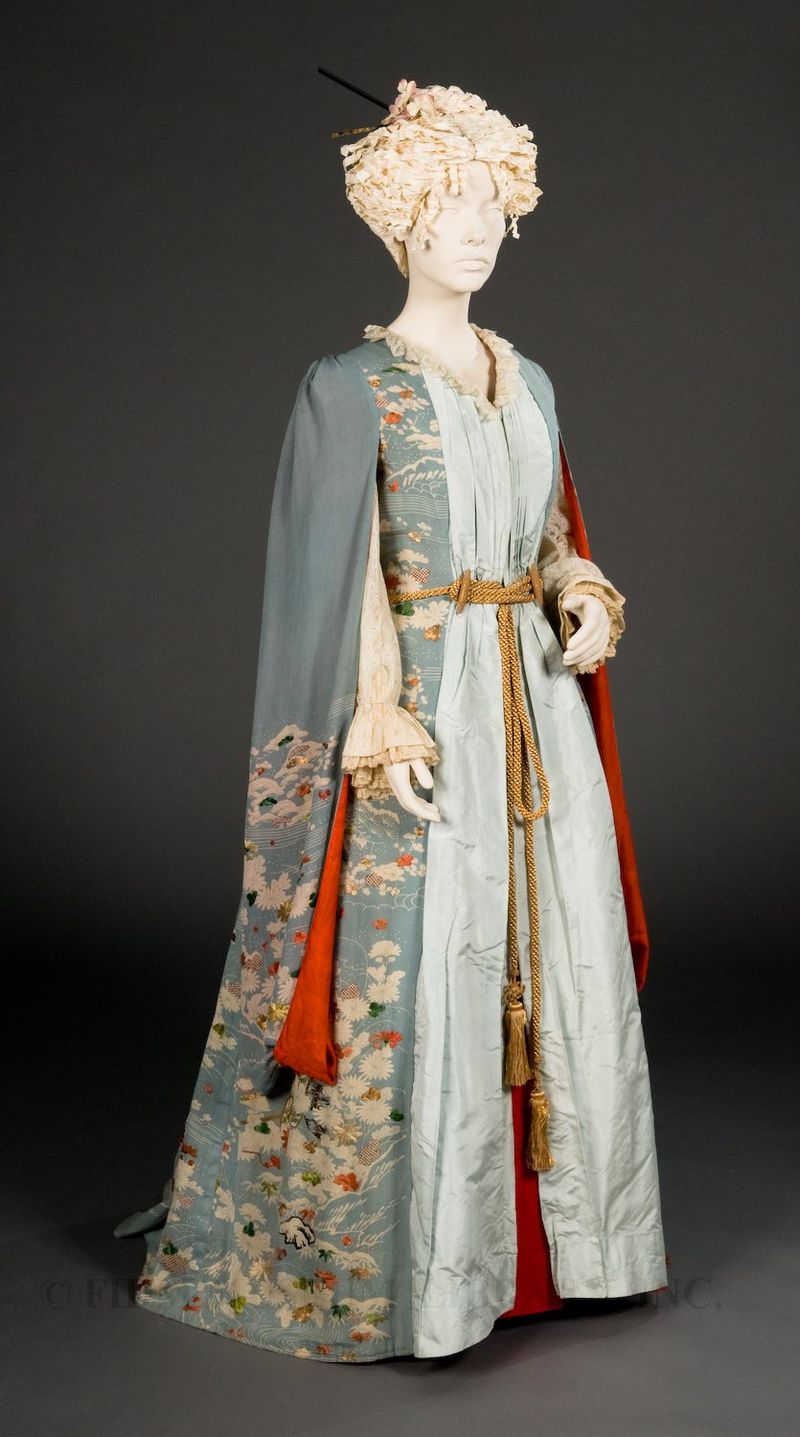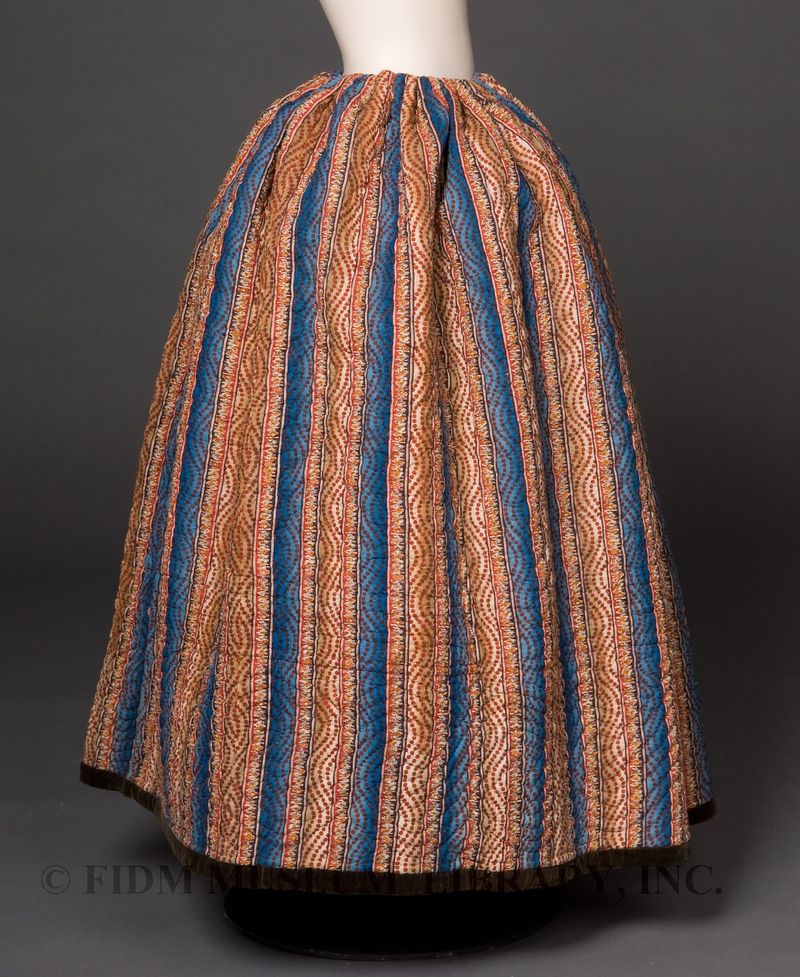This website uses cookies so that we can provide you with the best user experience possible. Cookie information is stored in your browser and performs functions such as recognising you when you return to our website and helping our team to understand which sections of the website you find most interesting and useful.
Widespread cultural preoccupations or anxieties are often expressed through dress. This can be extremely overt, as in the case of a T-shirt slogan, or much more discreet, as in a frequently recurring decorative motif. In the 19th century, anxiety relating to... Read Article ››
Rudi Gernreich mini dress
Minidress Rudi Gernreich 1967-68 Bequest of the Rudi Gernreich Estate G85.331.1 Rudi Gernreich is probably best known for his most provocative creations, such as the monokini or this military ensemble. Though Gernreich was definitely interested in pushing... Read Article ››
Refashion
As a concept, fashion is based on the appeal of the new. Every season, silhouettes, colors and shapes are re-combined in an effort to create garments of such great appeal that you will replace (or at least supplement) your existing wardrobe. With the... Read Article ››
Mirrorwork embroidery
Though the focus of the FIDM Museum collection is on objects related to Western European and North American dress, we do have a small number of outstanding objects related to the sartorial traditions of other cultures and countries. Many of these objects,... Read Article ››
Balenciaga
Popular conceptions of 1950s dress usually fixate on the defined waist and full skirt of Christian Dior's New Look. Though this silhouette dominated fashion for much of the decade, in 1957 a new shape appeared. Called the sack or chemise, this new dress... Read Article ››
Egyptomania
In late 1922, the British archaeologist Howard Carter unearthed and opened the sealed tomb of King Tutankhamun in Luxor, Egypt. Though Egyptian art and ornament had served as a source of artistic inspiration for many centuries, the discovery of King... Read Article ››
Polonaise bodice
In 1872, fashion periodicals such as Godey's Lady's Book, Peterson's Magazine and Harper's Bazaar were filled with references to various styles of the polonaise dress. Whether a princess, vest, Russian or dolman polonaise, the common... Read Article ››
Propaganda fashion
During World War II, raw materials were in short supply. Wool was needed for military uniforms and a shortage of rubber led to the near disappearance of athletic shoes. Silk stockings vanished, as silk fiber was needed in the production of parachutes.... Read Article ››
Marimekko
With its oversized imagery and brightly clashing colors, Marimekko textiles are unmistakable. The Finnish company began in 1951 as a textile design firm specializing in hand silk-screened cotton fabric. The patterns created by Marimekko designers were a... Read Article ››
Kimono dressing gown
Japanese styles are always attractive in negligees.-The Delineator, April 1903 Kimono dressing gownc. 1885Gift of Anonymous... Read Article ››
Quilted petticoat
Before the introduction of the cage crinoline in 1856, women typically wore multiple layers of petticoats. The petticoat layers (sometimes as many as 6!) not only shaped the skirt into a fashionable bell-shape, but also provided warmth. Between about... Read Article ››
Shopping
Did you brave the crowds to do a bit of Black Friday shopping? If so, you probably visited a department store, boutique or perhaps a local craft fair. Or maybe you waited until today, Cyber Monday, to do your shopping online. Did any of the retail outlets you... Read Article ››

